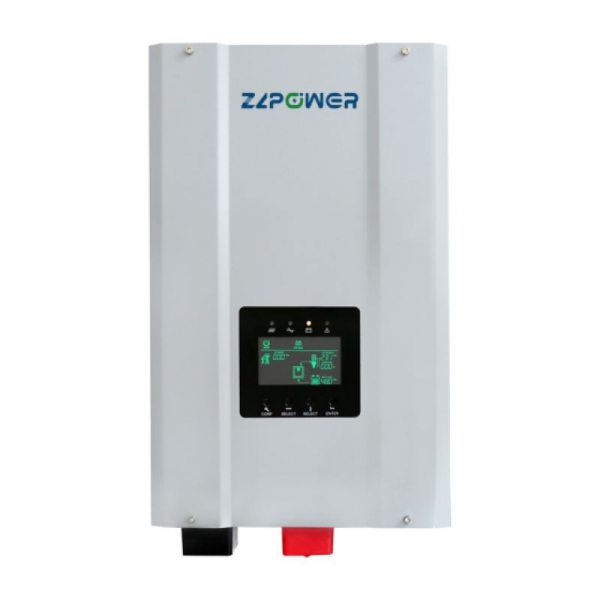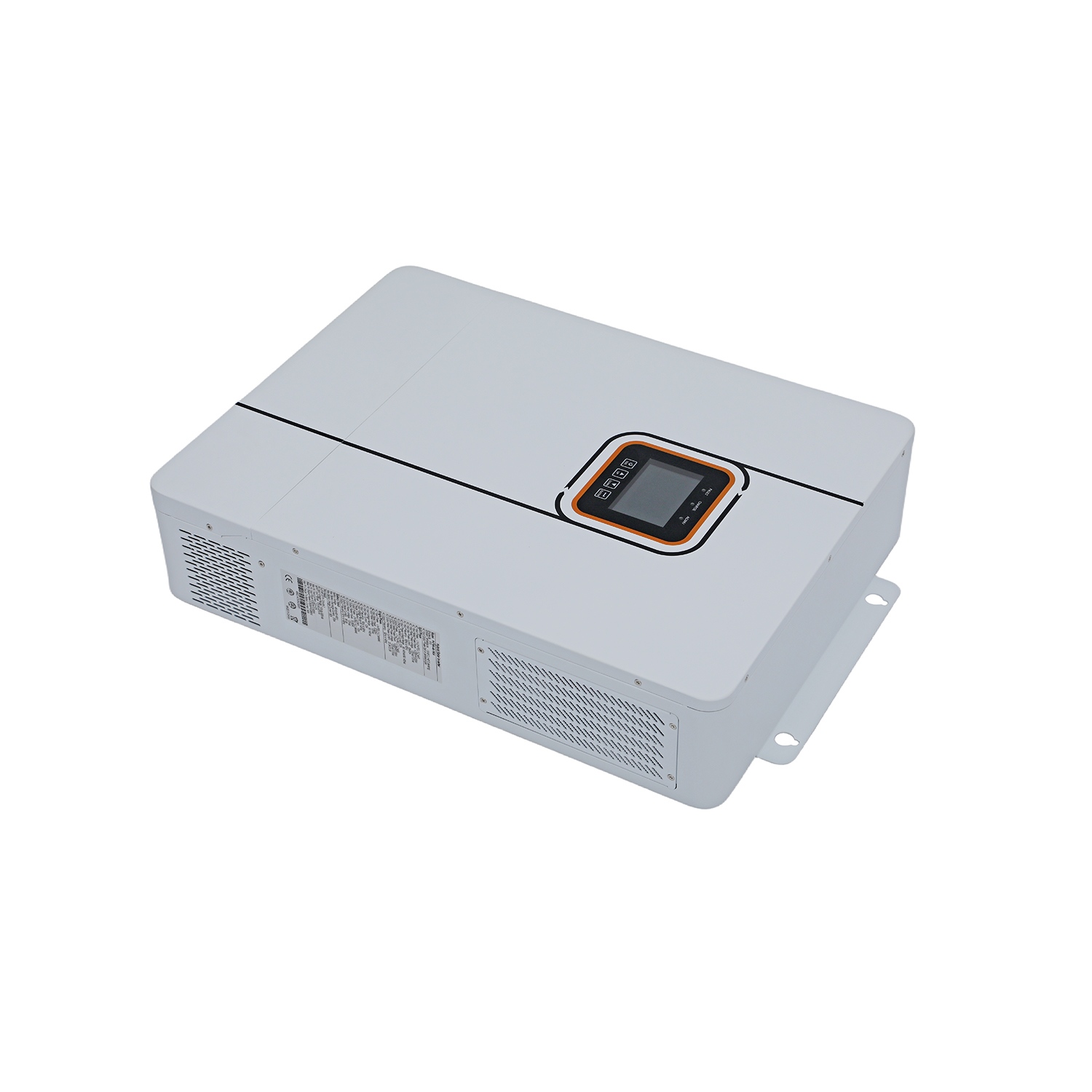

Yet the Chinese inverter market has many suppliers. Their skills and quality levels vary widely. Due diligence is not optional. It is a must. In this article, we’ll cover vital selection points. These include factory experience, R&D strength, production capacity, quality checks, global certifications, after-sales help, and design efficiency. The goal is to help buyers decide wisely.
Start with the maker’s time in the business. Seek a China 48V inverter factory with at least 5–10 years of history. For example, ZLPOWER has focused on power electronics since 2007. It ships to Europe, the United States, and Africa. Long operation shows steady production and worldwide compliance.
Review past projects and export ties. This helps judge if the factory can manage big runs and keep quality steady across regions.
A solid R&D team matters for new features and OEM/ODM changes. Top factories can design inverter PCBs. They can tweak firmware. They can build hybrid models that combine MPPT solar charge controllers with pure sine wave output.
For instance, some 48V inverters now have built-in MPPT chargers. These work without batteries. This flexibility comes from in-house engineers.
Know the factory’s monthly output. This aids logistics planning. Automated lines and stocked PCB parts cut lead times. They boost scalability. Buyers should check if the plant keeps a flexible schedule. It must handle small OEM trials and large shipments. QA standards must stay high.
Strong quality control is a must. Good makers run checks like incoming material reviews, burn-in tests, and full-load tests.
Ask if they do 100% aging tests. These usually last 8–24 hours. They mimic real use. Factories that follow ISO9001 and ISO14001 rules, plus third-party audits (SGS or TÜV), show better reliability. Export buyers want clear quality systems.

Certifications prove safety and export fitness. Seek factories whose products meet CE, IEC 62109, UL 1741, and RoHS rules. For grid-tied or hybrid units in Europe or North America, confirm extra matches to VDE-AR-N 4105 or local UL codes. Proper certification allows legal market entry. It cuts post-shipment tech fights.
Warranty length shows faith in product life. Standard terms run 2–5 years. Extensions come with big orders. Ask if the supplier offers remote diagnostic tools, firmware updates, or local service agents. Quick response matters. Good after-sales systems cut downtime. They extend product life. This is key for remote sites.
Efficiency cuts power loss. It lowers running costs. For off-grid 48V inverters, target ≥93–95% conversion efficiency. Units with precise MPPT tracking can hit solar use rates over 98%.
Other points to compare:
l No-load power use
l Thermal handling – fan vs. natural convection cooling
l Casing material – aluminum housing aids heat spread and fights rust
l Higher efficiency models cost more at first. They save money long-term through less waste and fewer repairs.
Top factories stand out with steady testing, engineering skills, and global rules. They do more than assemble parts. They control the full chain from PCB design to packing.
|
Criteria |
Leading Factories |
Ordinary Suppliers |
|
Testing Procedures |
100% load + burn-in testing before shipment |
Sample batch testing |
|
ODM Support |
Firmware and enclosure customization |
Basic logo rebranding |
|
Certifications |
CE, UL, ISO9001, RoHS |
Partial or missing |
|
Warranty Period |
3–5 years |
1 year or less |
|
Export Markets |
Global (EU, US, MEA) |
Domestic or limited export |
|
After-Sales System |
24/7 technical team + remote updates |
Email-only support |
These differences explain why a mature, compliant, and well-equipped maker brings long-term stability. It means fewer post-sale problems.
Mature factories offer clear gains:
l Stable upstream supply chains and part sourcing
l Ongoing R&D spending for constant upgrades
l Proven product results in global markets
Some makers like ZLPOWER sum up its approach as “technology first, service optimal, customer first.” This long-term focus on quality and service helps global importers cut risks. These include shipment delays, warranty fights, and field failures.
Begin sourcing on trusted B2B sites. Try Alibaba Gold Supplier or Made-in-China Premium Members. Request a video tour or third-party audit before big orders. Talk about MOQ and production timelines early. Do this before peak seasons. Factories with in-stock boards and automated test setups can ship in days, not weeks.

When picking a China 48V inverter factory, focus on core measures. These are manufacturing history, R&D ability, global certifications, QA processes, warranty terms, and design efficiency. Don’t let low prices alone sway you. Value reliability and steady tech support.
Teaming with an experienced and certified Chinese maker is more than a buy. It’s an investment in stable, high-performance power systems. These serve homes, telecom towers, and industrial uses. A solid factory tie strengthens your whole energy supply chain.
A: Most high-end units offer 93–95% conversion efficiency. MPPT tracking accuracy is above 98%.
A: Typically 10–15 years. It depends on environment and upkeep.
A: Yes. Many support custom PCB layouts, communication protocols (RS-485, CAN, Wi-Fi), and private-label branding.
A: CE, RoHS, IEC 62109, and ISO 9001 are minimum requirements for most global markets.
A: Ask for test reports, client references, or an independent factory inspection from SGS or TÜV.
A: 48V models suit higher power loads. They have lower current loss. They are preferred for hybrid and telecom systems.